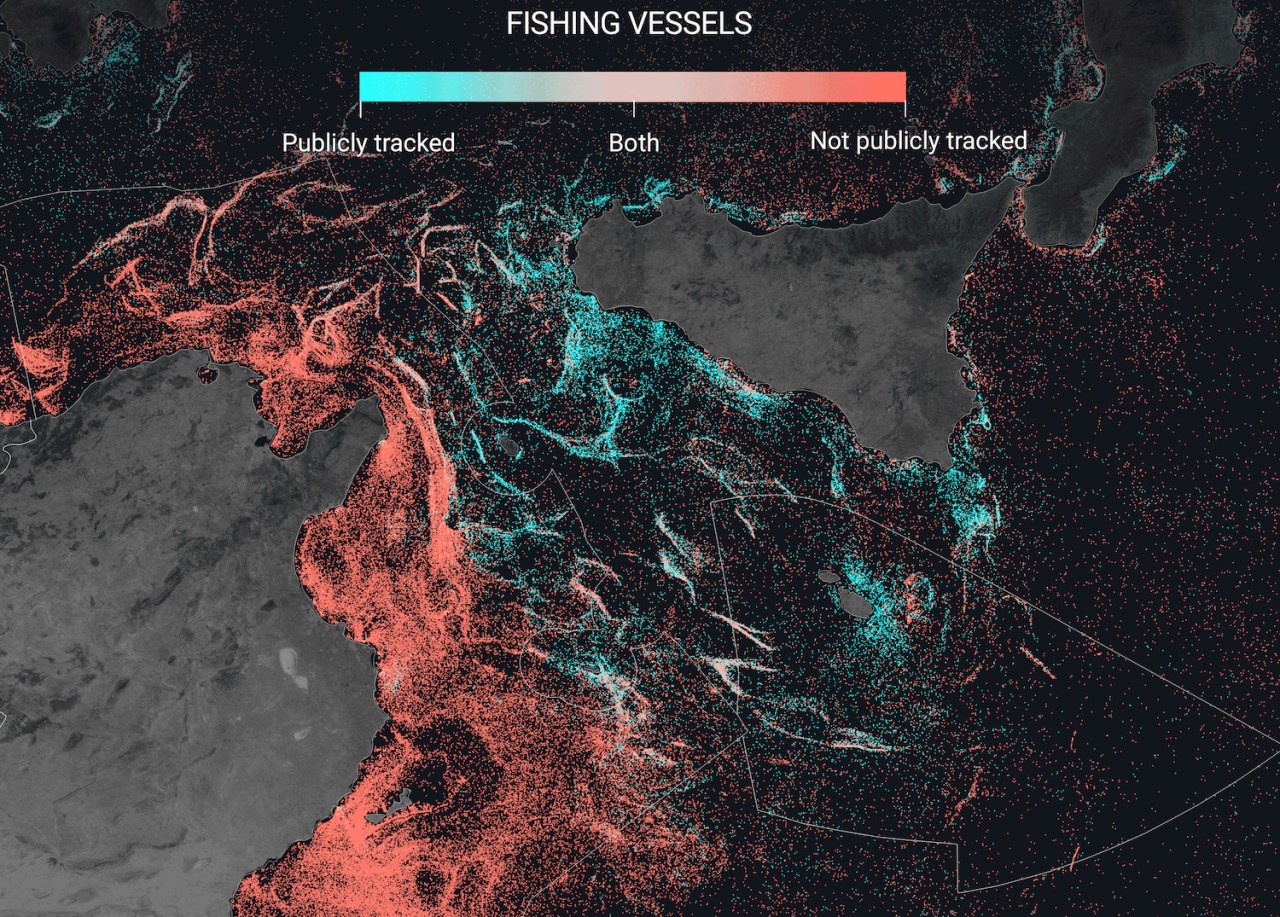The world’s oceans, while vast and seemingly limitless, are under unprecedented pressure from the fishing industry. Recent advancements in satellite imagery analysis combined with machine learning technology are helping to pull back the veil on this often opaque sector, revealing startling insights into the scale and intricacies of what we now refer to as the “dark fishing industry.”
The Need for Transparency in Fishing Practices
The oceans are a shared global resource, yet the rules governing fishing practices vary significantly from one region to another. Current tracking systems, such as the Automated Identification System (AIS), offer some clarity but are far from comprehensive. They rely on vessel transponders that may not be universally adopted. This gap results in significant discrepancies between reported and actual fishing activities.
Many vessels operate without any form of oversight, leading to questions about the sustainability and legality of their practices. Without complete data sets from all vessels, policymakers find themselves navigating a maze of incomplete information, complicating their ability to implement effective environmental and regulatory policies.
The Role of Satellite Imagery and Machine Learning
Innovation is driving a transformation in this landscape. A groundbreaking paper published in Nature by a team from Global Fishing Watch demonstrated just how powerful satellite imagery can be in tracking maritime activities. Analyzing two petabytes of satellite data gathered between 2017 and 2021, researchers uncovered that a staggering three-fourths of all industrial fishing vessels remain outside the purview of conventional tracking systems.
- Approximately 30% of all transport and energy vessels are also untracked.
- Regions lacking satellite infrastructure tend to have higher concentrations of such unreported vessel activity.
- Countries with proprietary tracking systems may not share data, leading to further gaps in understanding.
This approach makes it clear that the dark fishing industry is much larger than previously acknowledged. The ability of machine learning algorithms to process immense datasets allows for real-time tracking, offering policymakers and stakeholders new tools to understand and regulate fishing practices.
Insights from the Data: The Global Fishing Landscape
The analysis indicated that while many observers think the majority of fishing activity takes place in European waters, the reality is entirely different. Data revealed that only 10% of fishing vessels are operating in these waters, with a surprising 71% found within Asian maritime boundaries. Particularly notable is China, which appears to account for approximately 30% of the world’s total fishing activity.
This mismatch between perceived and actual fishing activity highlights a significant gap in our global understanding of the fishing industry. Without accurate data, it is almost impossible to measure fish stocks sustainably or to evaluate the ecological impact of fishing activities.
The Implications for Policy and Conservation
The ramifications of this new data are profound. Areas traditionally considered safe from fishing activities, including marine protected areas, were found to have regular fishing activity. Such findings compel immediate attention and action from governing bodies to enforce existing laws and protect vulnerable marine ecosystems.
Fernando Paolo, a lead researcher, emphasizes the need for collaboration with jurisdictions worldwide to delve deeper into the recordings of these maritime activities. Understanding these patterns will undoubtedly inform and perhaps reform policies regarding fishing rights and conservation efforts moving forward.
Looking Ahead: A Call for Comprehensive Tracking
The journey toward a transparent and sustainable fishing industry is far from over. As the data continues to evolve with the collection of additional satellite imagery, there is hope that new methodologies will emerge for effective monitoring and reporting. Advancements in technology are paving the way for proactive approaches to environmental conservation that were previously impossible.
The implications of this research extend beyond policy adjustments; they highlight a necessary shift toward global cooperation in managing shared resources responsibly. The ocean will require a commitment from nations to ensure that fishing is conducted sustainably, with accurate data laying the groundwork for informed decisions.
Conclusion: A Future Anchored in Transparency
As we unravel the complexities of the fishing industry through innovative technologies like satellite imagery and machine learning, we are not merely accumulating data; we are defining the future of our oceans. Navigating the challenges of the dark fishing industry is critical for environmental stability, and accurate tracking represents a crucial first step.
For more insights, updates, or to collaborate on AI development projects, stay connected with fxis.ai.
At fxis.ai, we believe that such advancements are crucial for the future of AI, as they enable more comprehensive and effective solutions. Our team is continually exploring new methodologies to push the envelope in artificial intelligence, ensuring that our clients benefit from the latest technological innovations.

